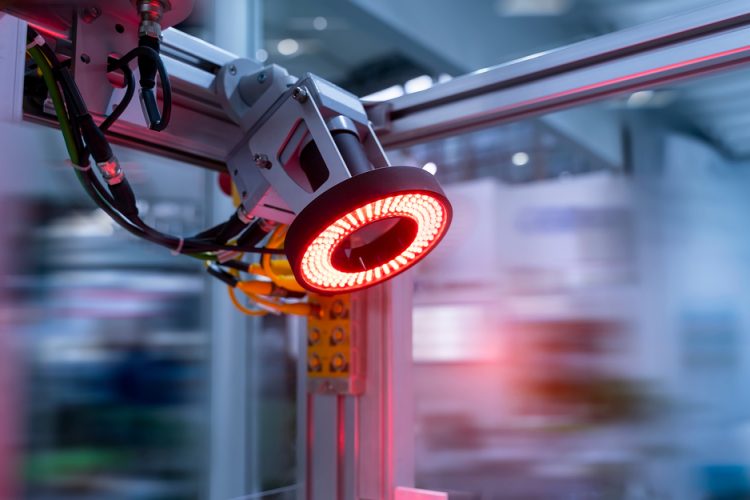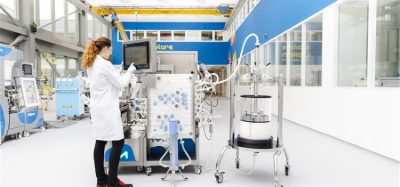Machine vision allows real-time monitoring and control of low concentration APIs
Machine vision-based concentration determination enabled the accurate real-time monitoring and control of continuous powder blending.
Researchers have developed a machine vision Process Analytical Technology (PAT) tool to reliably analyse continuous powder blending with active pharmaceutical ingredient (API) concentrations below 0.2 percent w/w.
Using PAT to monitor continuous powder blending allows scientists to not only examine the homogeneity of the produced blends, but also construct residence time distribution (RTD) models that provide information about the behaviour of the material inside the blender.
According to Galata et al., who published their paper in the Journal of Pharmaceutical and Biomedical Analysis, despite advances in PAT, there is a scarcity of sensors capable of measuring API concentrations in the sub two percent w/w range in real time during continuous powder blending. They added that the limit of detection is further confounded if the API has an intense colour.
In their study, the researchers set out to develop a machine vision-based method to accurately measure concentrations of coloured APIs below 0.5 percent w/w. The overall aim was to use the machine vision-based method for feedback control, thus creating a Process Analytically Controlled Technology (PACT). They utilised riboflavin as a model API due to its orange colour.
The machine vision-based PAT was found to have a limit of detection of 0.015 percent w/w, with a limit of quantification of 0.046 percent w/w using a calibration based on the pixel value of images.
In the study, they performed in-line measurement of riboflavin concentrations in the range of 0.2−0.45 percent w/w. These were validated with ultraviolet-visible (UV/Vis) spectrometry, which proved the machine learning-based PAT had great accuracy and a relative error of 2.53 percent. From this Galata et al. concluded that the technique could be reliably used for the monitoring of blending processes.
Additionally, they demonstrated that the machine vision system can be used for RTD measurement and, with a PI controller, provide real time information for feedback control, “essentially realising an application of PACT”.
The researchers concluded: “Machine vision based direct or indirect API concentration determination is a promising and fast method with a great potential for monitoring and control of continuous pharmaceutical processes.” Adding that the machine vision-based concentration determination tool they developed should be applicable in most cases when the API is coloured and could be of particular benefit when API concentration is too low for direct quantification by near infrared (NIR), Raman or other well-established techniques, or where the material is moving too fast for spectroscopical measurement.










